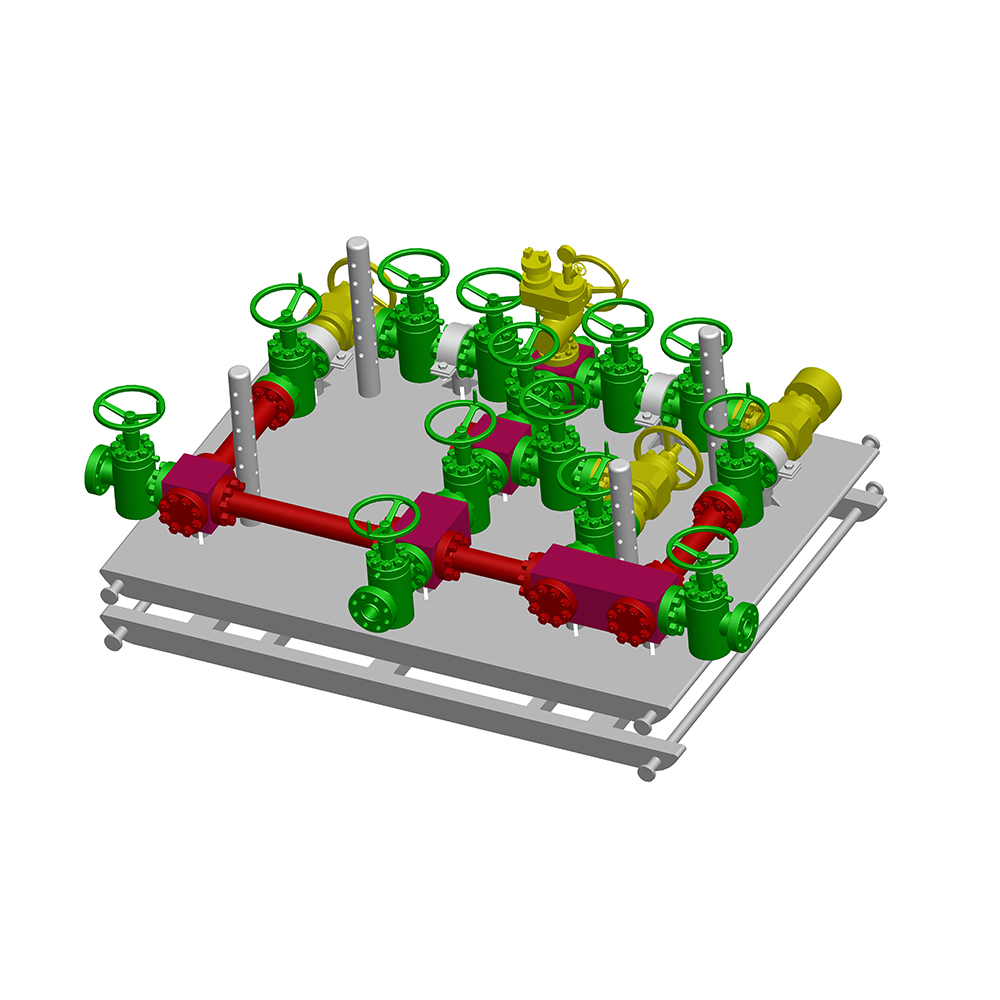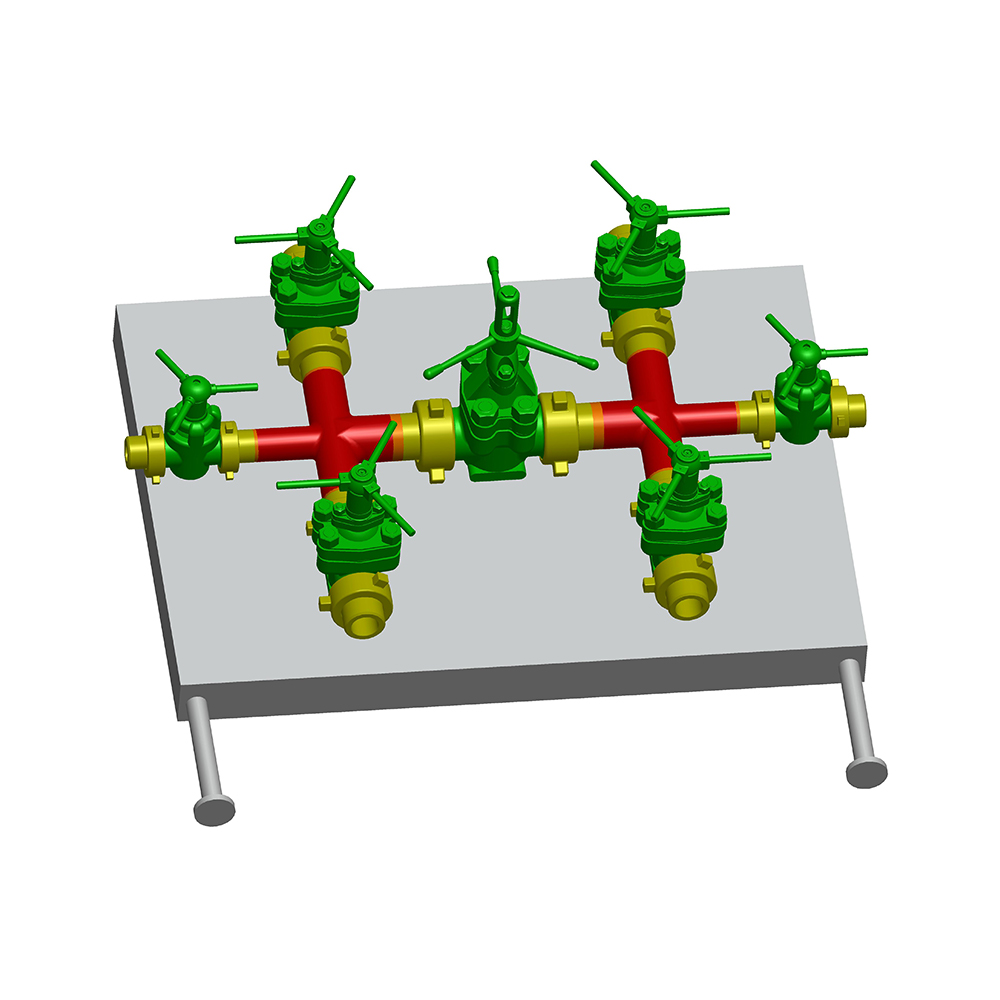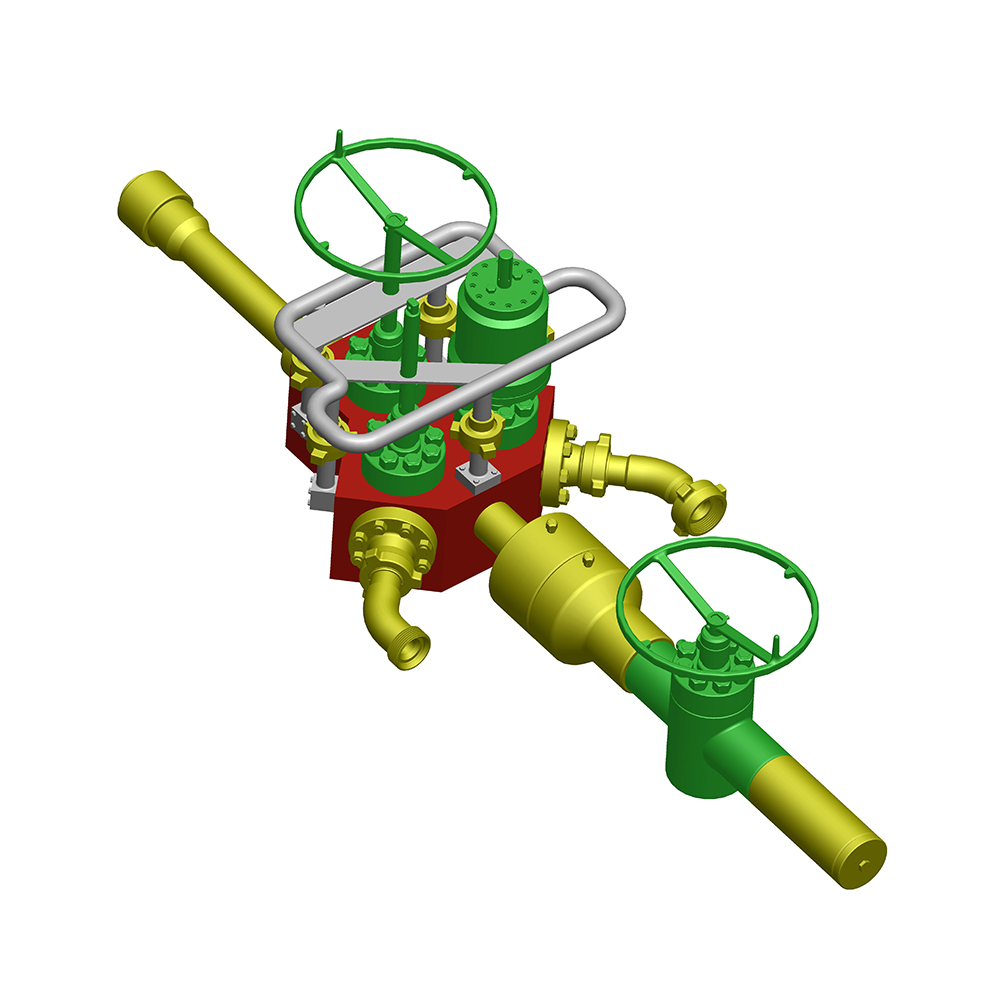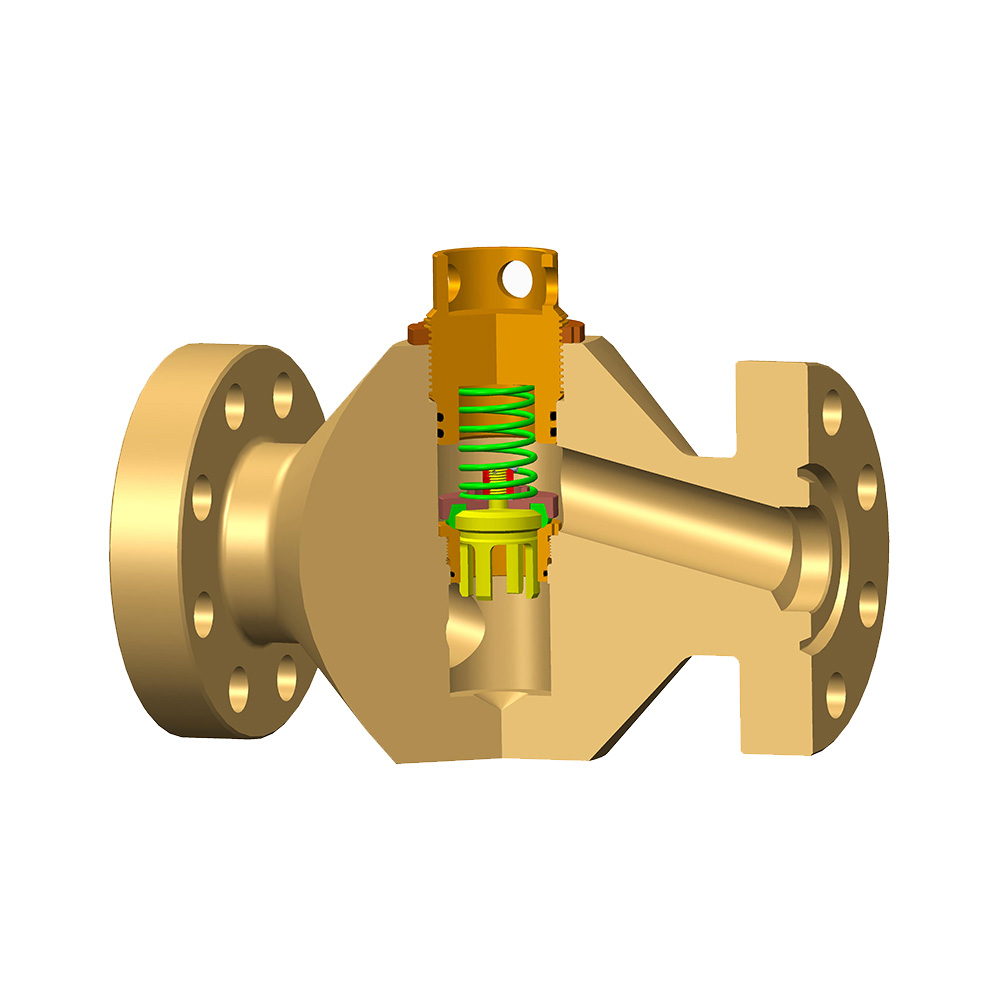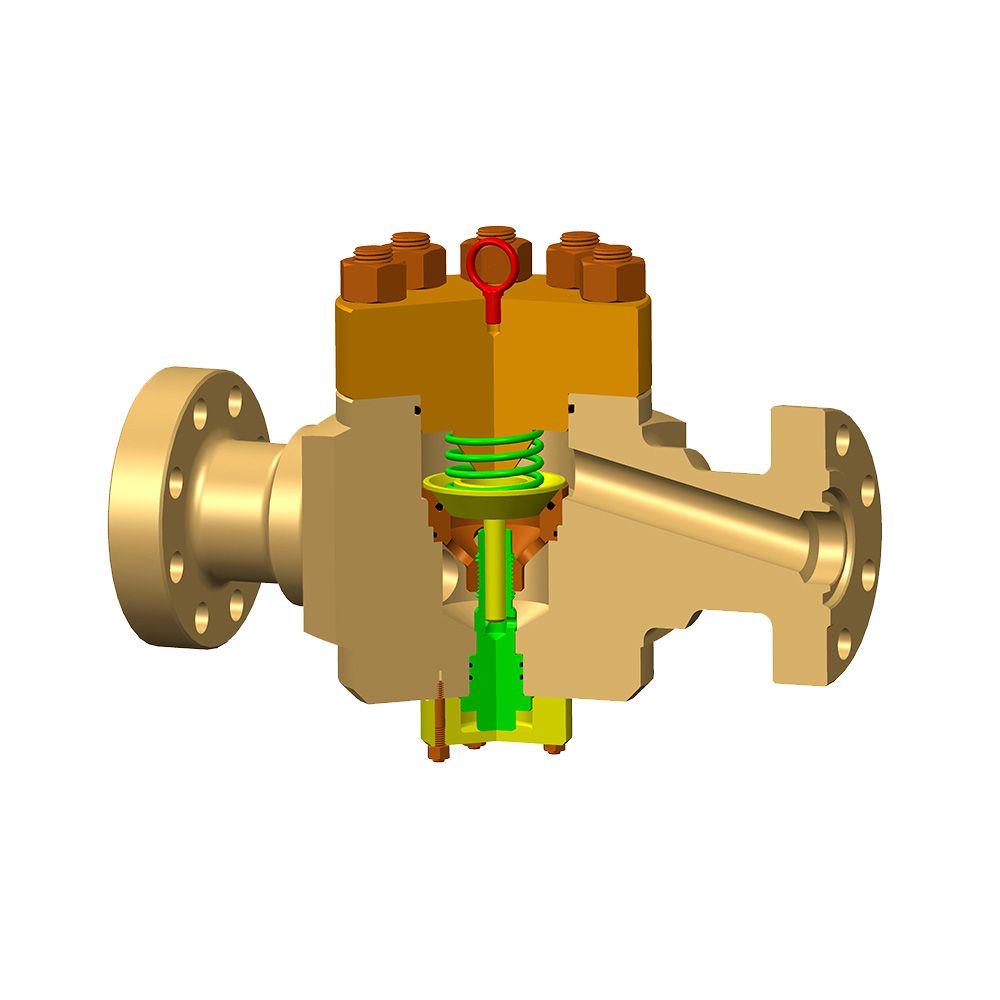Choke valves are fundamental components in numerous industrial applications, particularly within the oil and gas sector. Their primary function is simple yet vital: they create a deliberate restriction in a flow line to control flow rate and downstream pressure.
The Core Principle: Restriction Creates Control
At its heart, a choke valve operates on a fundamental principle of fluid dynamics: creating a pressure drop across a restriction. When fluid (liquid, gas, or a mixture) flows through a pipeline, its pressure decreases as it passes through any constriction. A choke valve is designed to provide a precisely controlled and often adjustable constriction point.
-
Creating the Constriction: Inside the choke valve body, a specific component creates a reduced flow area. This component varies depending on the choke type:
- Fixed Chokes: Utilize a precisely machined orifice plate or bean with a hole of fixed diameter. The size of the orifice determines the degree of restriction.
- Adjustable Chokes: Employ movable elements to vary the restriction. Common designs include:
- Needle and Seat: A tapered needle moves linearly relative to a matching seat, changing the annular flow area.
- Cage and Plug: A perforated cage surrounds a cylindrical or tapered plug. Moving the plug radially adjusts the open flow area through the cage holes.
- Rotary Discs/Sliding Sleeves: Rotating or sliding components align or misalign ports to change the flow path's cross-section.
-
Generating the Pressure Drop: As the fluid is forced through this restricted opening, its velocity increases significantly within the constriction (according to Bernoulli's principle). Once the fluid exits the restriction back into the larger downstream pipe diameter, its velocity decreases. This rapid acceleration followed by deceleration dissipates energy, resulting in a significant loss of pressure downstream of the choke compared to the upstream pressure. This pressure difference (ΔP = P_upstream - P_downstream) is the intentional result.
-
Controlling Flow and Pressure: By varying the size of the restriction (in adjustable chokes) or selecting a specific fixed orifice size, operators directly control:
- Flow Rate: For a given upstream pressure and fluid properties, a smaller restriction results in a lower flow rate through the system.
- Downstream Pressure: A smaller restriction creates a larger pressure drop, thus lowering the downstream pressure significantly. Conversely, a larger restriction creates a smaller pressure drop, resulting in higher downstream pressure.
Key Components Enabling the Function:
- Body: The main pressure-containing vessel.
- Restricting Element: The core component creating the flow constriction (needle, plug, cage, orifice bean).
- Actuator (for Adjustable Chokes): Mechanism (manual handwheel, hydraulic piston, electric motor, pneumatic actuator) that positions the restricting element.
- Seats: Precision-machined surfaces ensuring a tight seal when the valve is closed or at minimum flow settings, preventing leakage.
- Trim: The internal wetted parts (seats, plugs, cages, sleeves) exposed to the flow stream and erosion. Often made from hardened materials like tungsten carbide.
Critical Applications:
- Wellhead Control (Oil & Gas): Regulating flow from a reservoir to protect downstream equipment from high wellhead pressure, prevent formation damage (sand production), and manage production rates.
- Separation Processes: Controlling inlet pressure to separators or treaters to maintain optimal operating pressure for efficient gas/liquid/oil separation.
- Well Testing: Precisely controlling flow during test periods to measure reservoir characteristics.
- Injection Systems: Regulating flow rates of water, gas, or chemicals injected into wells or processes.
- Pressure Relief: Acting as the first line of defense to reduce high upstream pressure before it reaches more sensitive equipment.
- Process Regulation: Managing flow and pressure in various refining, chemical processing, and power generation applications.
Handling Erosive Flow: A significant challenge for chokes is handling erosive fluids (containing sand, proppant, or high-velocity gas). The high velocity at the restriction point can cause rapid wear of the trim components. Therefore, choke valves designed for severe service often incorporate:
- Hardened Trim: Tungsten carbide or other erosion-resistant alloys.
- Efficient Flow Paths: Minimizing turbulence and direct impingement where possible.
- Replaceable Components: Easily serviceable trim parts.
Choke valves are indispensable tools for managing fluid dynamics in demanding industrial environments. By creating a precisely controlled restriction in a flow line, they harness the principle of pressure drop to effectively regulate both flow rate and downstream pressure. Whether through a fixed orifice or adjustable trim, their robust design—often incorporating hardened materials to combat erosion—ensures reliable performance critical for safety, process efficiency, and equipment protection in applications ranging from oil and gas production to complex processing plants.

